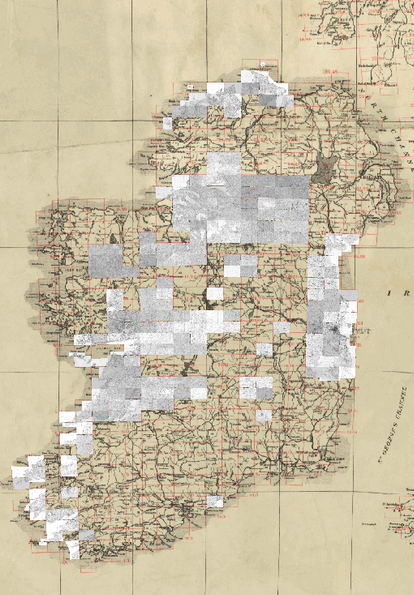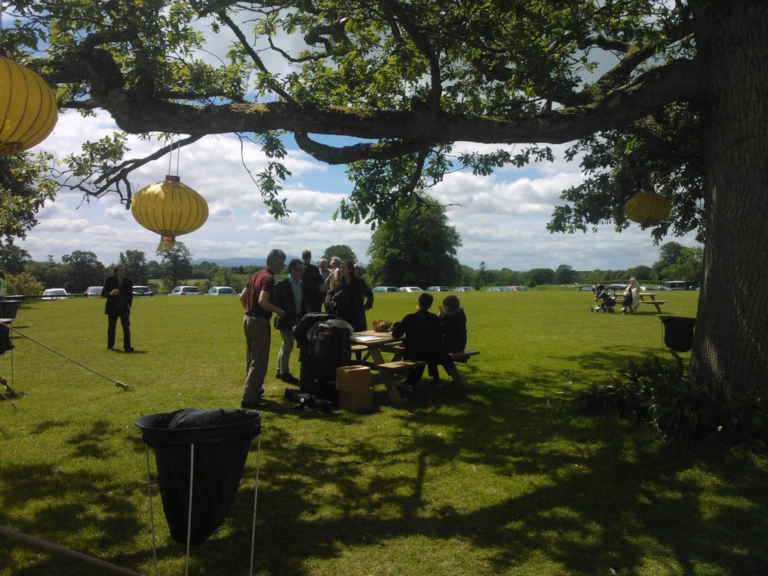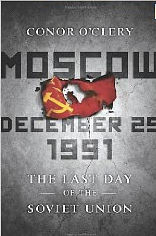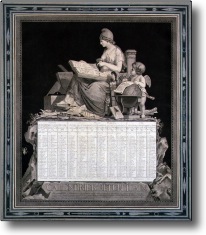Incompetence, Irresponsibility and the Value of Data for Knowledge
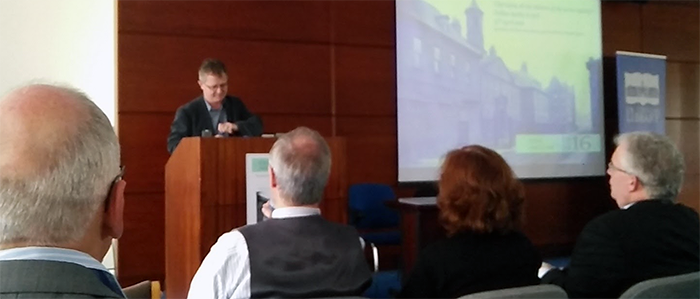
In what appears to be a second Trinity-flavoured posting, I share my thoughts on a provocative talk and session at Dr Steeven’s Hospital this noontime. Dr Steeven’s in conjunction with the Edward Worth Library invited Prof Eunan O’Halpin of TCD History…


